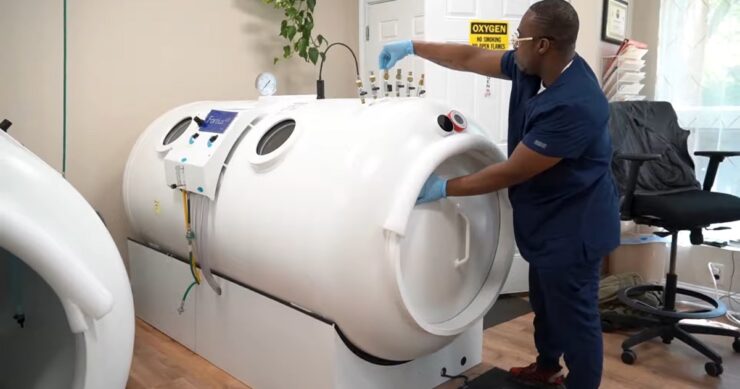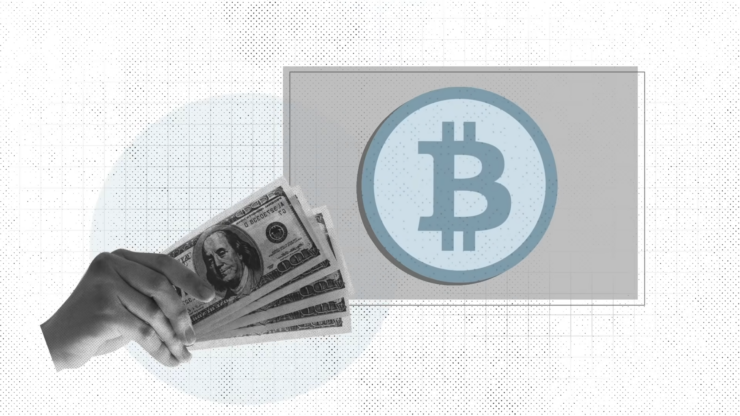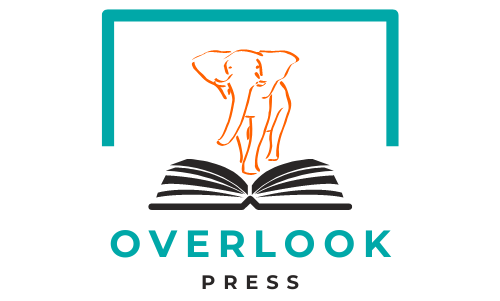
As the world of commerce significantly evolves, organizations are constantly seeking ways to optimize profitability. The increasing complexity of customer interactions, billing, and pricing structures gives rise to numerous challenges, including the persistent issue of revenue leakage.
This term refers to the unintentional loss of revenue that could have been otherwise realized. It stands as a crucial challenge to be addressed by businesses and organizations of all types. Keep reading to discover more about this profound issue.
Types of Revenue Leakage in the Workplace

There are several examples of revenue leakage that businesses might experience. Time theft, poor inventory management, and billing mistakes are only a few of the many forms of revenue leakage that can occur in the workplace.
Time theft occurs when employees are paid for work they haven’t done or time they have not spent on work-related tasks. This may include instances when an employee takes longer than necessary breaks, arrives late or leaves early, or engages in non-work-related activities during work hours.
Poor inventory management can also lead to significant revenue leakage. If a business’s inventory isn’t managed properly, it can lead to lost sales, excess storage costs, and even theft. Common inventory management issues include overstocking, understocking, and poor tracking of goods.
Billing and pricing errors are yet another common type of revenue leakage. These include mistakes made in invoicing, mishandling of client discounts, and miscalculations in pricing strategies.
Delving into Time Theft as a Form of Revenue Leakage
Time theft, a form of revenue leakage, is a critical issue that many businesses face. It occurs when employees are compensated for time they did not spend on work-related tasks. This can happen through various methods, such as buddy punching, where an employee clocks in for a co-worker who is not present.
Excessive personal time can also contribute to time theft. For instance, taking long breaks, engaging in personal activities during work hours, or failing to clock out during non-work-related absences can result in significant financial losses for a company.
Studies show that such activities can cost businesses thousands or even millions of dollars annually. It’s not just the immediate economic impact that companies should be concerned with; the cumulative effect of such losses can also affect long-term profitability.
Thus, efficient management of employee time is a key strategy in mitigating revenue leakage within a company. The use of modern technology solutions, like employee management software or biometric attendance systems, can help organizations accurately track and manage their employees’ time, thereby preventing time theft.
The Impact of Poor Inventory Management

Poor inventory management can also lead to significant revenue leakage. Businesses with high inventory turnover rates, like retail stores or restaurants, are particularly susceptible to losses from poor inventory management.
Overstocking can hurt a business by tying up capital and increasing storage costs. Conversely, understocking can lead to lost sales opportunities and weak customer loyalty as products are not available when customers need them.
Mismanaged inventory can also pave the way for theft and fraud. Without a comprehensive inventory management system, businesses might fail to notice missing items or be unable to trace their disappearance, resulting in potentially significant losses.
Thus, businesses need to have an effective inventory management strategy in place. This involves tracking stocks accurately, pricing goods properly, and having measures to prevent theft and fraud, among others.
The Faulty Faucet: Inefficient Processes and Manual Errors
Think of clunky, paper-primarily based billing structures, spreadsheets prone to typos, and approval chains caught in molasses. These manual tactics are ripe for errors, delays, and omissions.
A missed invoice, an incorrectly calculated price, or a forgotten observe-up call can mean uncollected sales. The answer? Automation. Streamlining workflows, integrating systems, and automating repetitive obligations can plug these leaks earlier than they even start.
The Rusty Pipes: Pricing and Discount Policy Woes
Vague pricing structures, inconsistent discounts supplied through overzealous salespeople, and outdated contracts with loopholes wider than a barn door – those are all invitation playing cards for revenue leakage.
Businesses want to establish clear, standardized pricing, enforce sturdy cut price guidelines with defined approval tiers, and frequently overview contracts to make certain they mirror contemporary marketplace realities.
The Clogged Drain: Customer Churn and Poor Retention
Imagine losing clients not only due to your competitors but also due to your missteps. Poor customer service, unaddressed lawsuits, and inadequate conversation can all cause churn.
Every lost customer represents a stream of future revenue gone dry. Investing in client experience, building loyalty programs, and organizing robust feedback mechanisms can help keep those taps flowing.
The Leaky Valve: Ineffective Talent Management
An unmotivated, disengaged group of workers is a recipe for sales leakage. Low productivity, high absenteeism, and worker turnover all eat into earnings. Fostering a tremendous painting environment, providing possibilities for increase and development, and recognizing worthwhile pinnacle performers can help flip leaky valves into gushing springs of motivation.
Strategies to Prevent Revenue Leakage in Your Business

Preventing revenue leakage requires proactive measures from businesses. This can include the implementation of automated systems, regular audits, and providing employee training.
Automating billing systems, for example, can help minimize human errors and effectively track the myriad components of pricing. Furthermore, automated systems typically include safeguards and alerts to prevent mistakes, detect discrepancies, and highlight potential cases of fraud or abuse.
Conducting regular audits can also provide a clear picture of a business’s financial health and reveal any existing revenue leakages. By identifying these leaks early on, businesses can take appropriate corrective measures to ensure optimal profitability.
Providing employee training can also play a critical role in preventing revenue leakage. By training employees on the importance of accurate timekeeping, proper inventory management, and accurate billing practices, businesses can reduce the likelihood of revenue leakage dramatically.
Altogether, revenue leakage can have significant impacts on a business’s bottom line. But with proactive measures and an understanding of where and how leaks occur, businesses can protect their revenue and even boost profitability.














